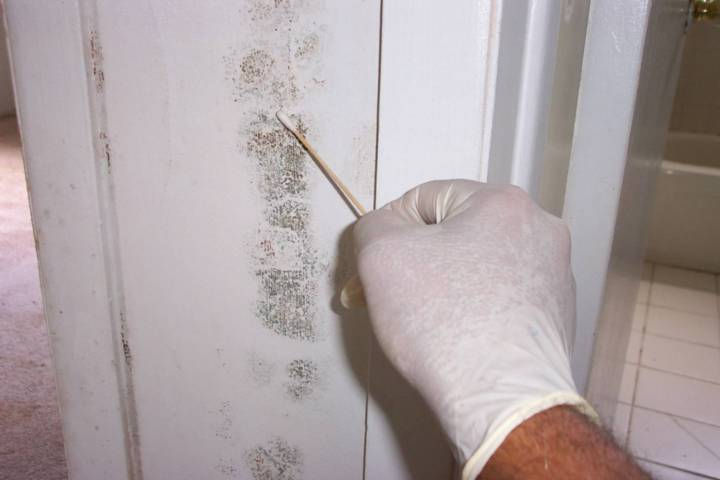Lead is one of the most challenging contaminants affecting our drinking water.
- rolando hernandez
- Mar 16, 2022
- 1 min read
Updated: May 1, 2023

According to the EPA, lead can enter drinking water from a variety of plumbing materials installed prior to its ban. The most common sources of lead in drinking water are old lead service lines, lead-containing faucets, other lead-containing plumbing fixtures and leaded solder joints.
A service line is the pipe that connects the water main to the plumbing in a home or building. When any part of that pipe is made of lead, it is called a lead service line.
Given the public health risks, there is a need to identify lead service lines on both public and private property so that they can be removed. Water utilities are more likely to have records noting the materials that make up the service line for the portion of the line that is located under public property because it is under the water utilities’ jurisdiction. Material information on the service line portion that is under private property is often lacking. Many communities do not have good records for either portion of their service lines.
The first approach they identified is preliminary records review to identify existing supply lines. Another approach includes specific water analyses which can be used to determine the lead concentration in drinking water contained within the service line, which can indicate the presence of lead. Finally, excavation involves digging to visually inspect the service line underground, and most expensive.
We are here to Help!! Please note all our consultations are free and are happy to answer any questions you may have and meet with you.










コメント